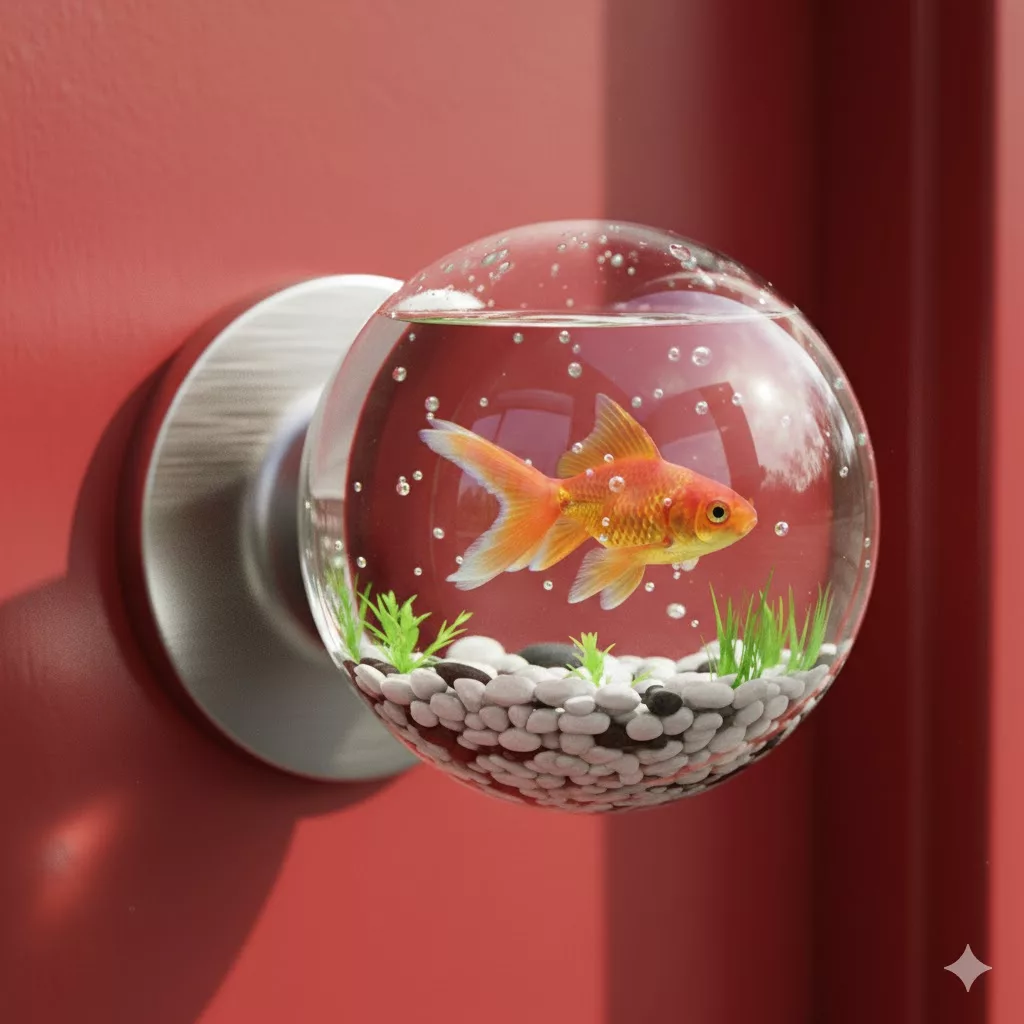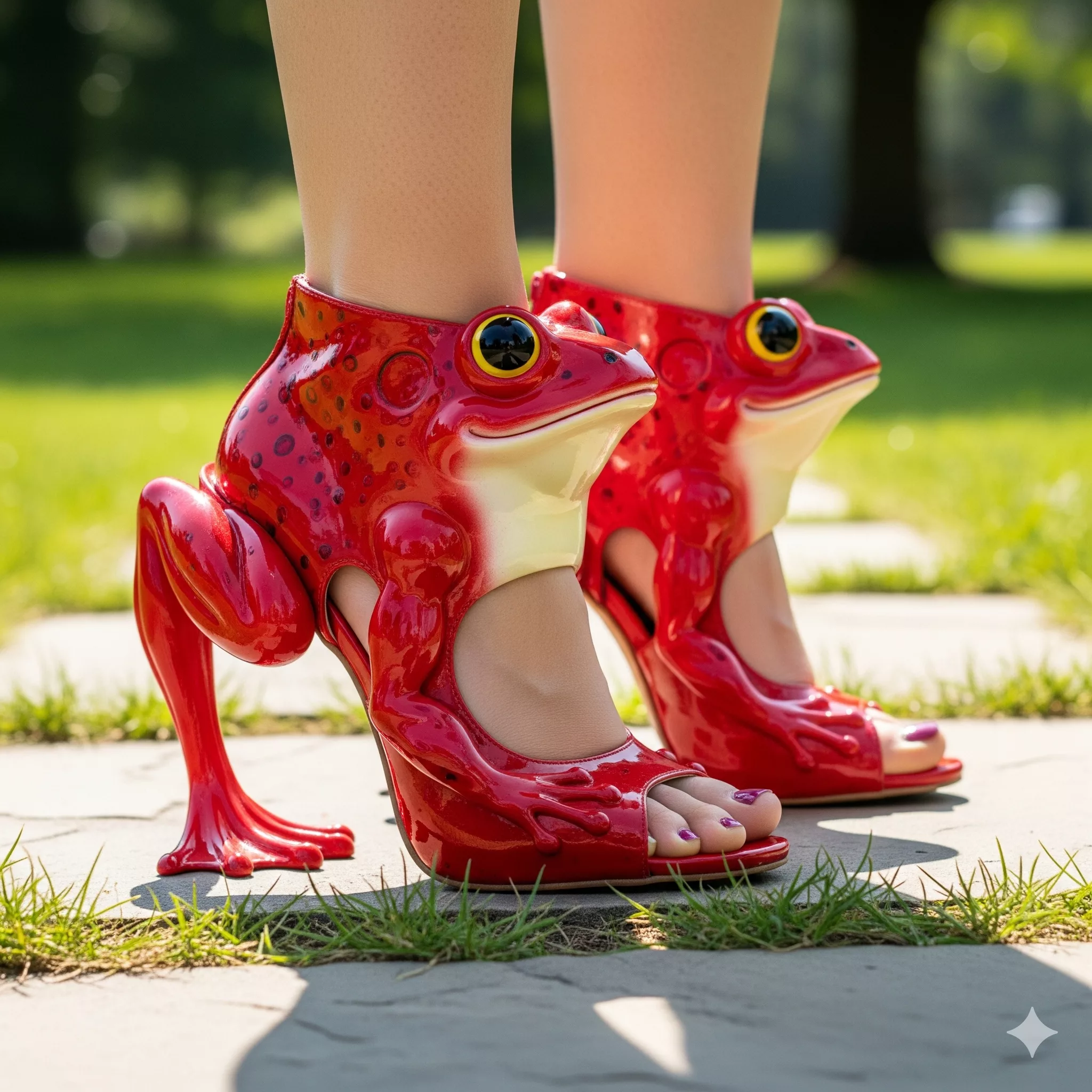
The frog heel is a critical component of equine anatomy that plays a vital role in horse health, performance, and overall well-being. Located at the back of a horse’s hoof, the frog and heel area work together to provide shock absorption, circulation, and traction. Understanding frog heel health is essential for horse owners, farriers, and veterinarians to maintain optimal hoof function and prevent serious lameness issues.
Contents
What is the Frog Heel in Horses?
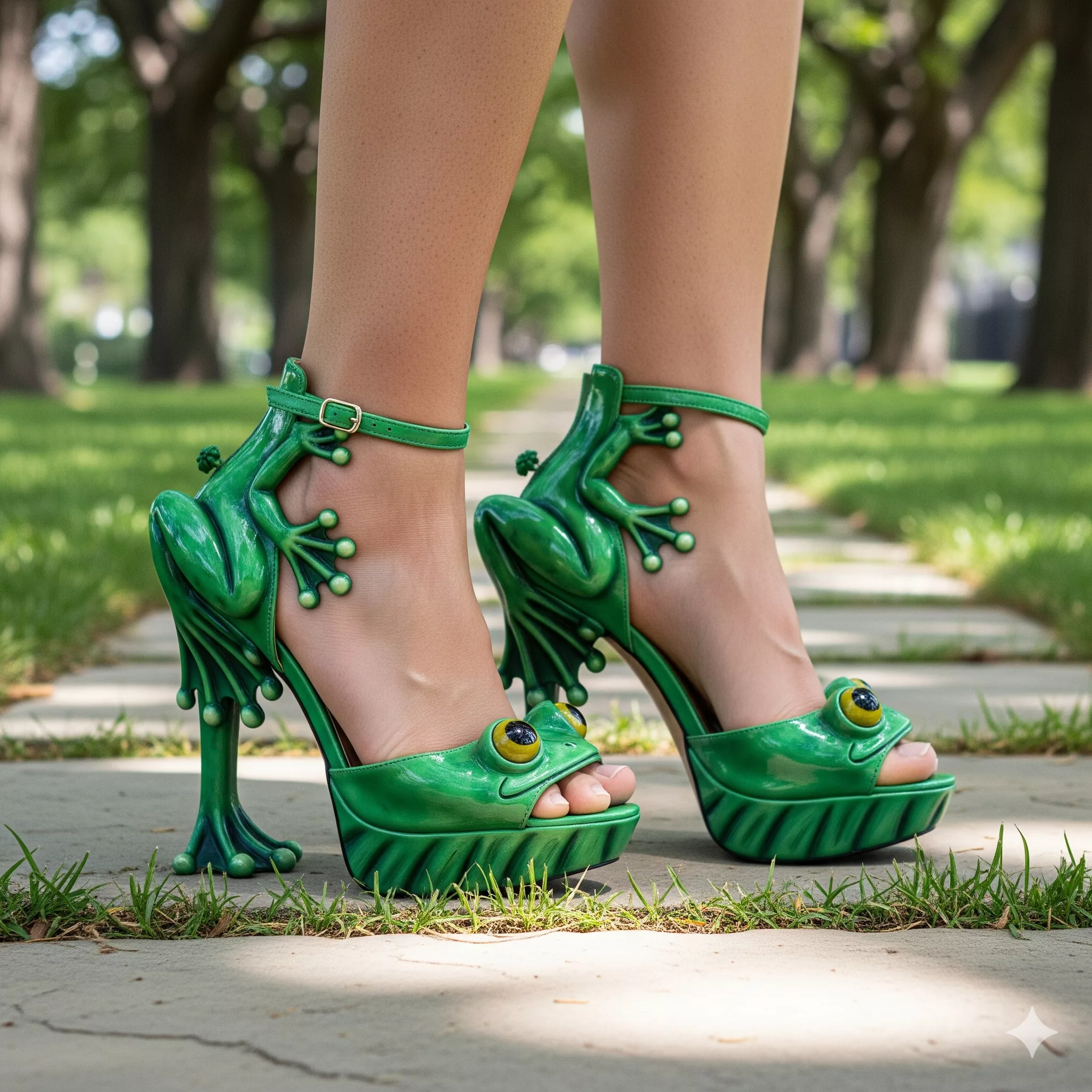
The frog heel refers to the triangular, rubbery structure found on the underside of a horse’s hoof, positioned between the heel bulbs. The frog is anatomically analogous to the human fingertip and serves multiple crucial functions in equine locomotion and hoof health.
This specialized tissue acts as a natural shock absorber, helping to distribute weight and impact forces throughout the hoof structure. The frog heel area is composed of softer, more flexible horn material compared to the harder hoof wall, allowing it to compress and expand with each step the horse takes.
Functions of the Frog Heel
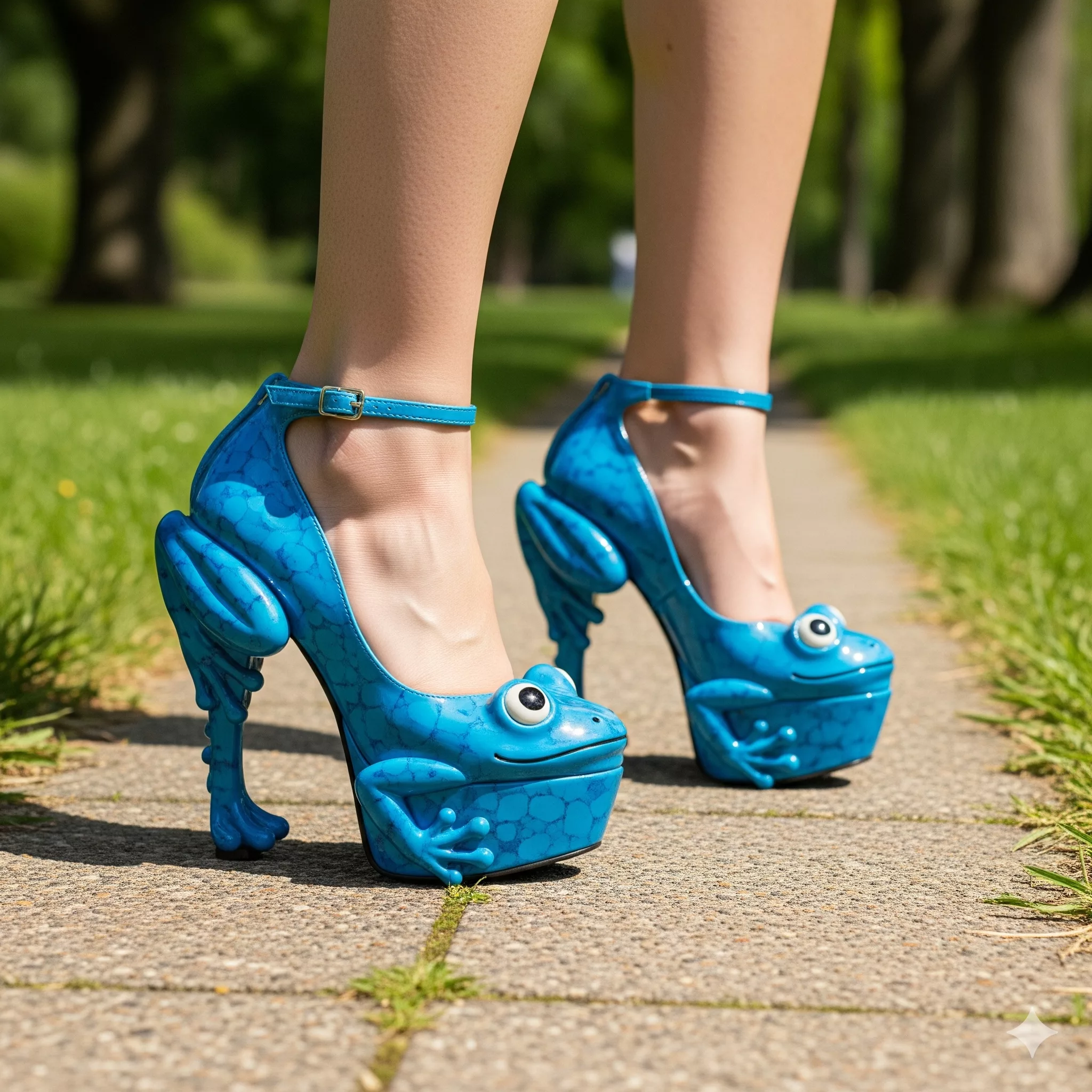
Shock Absorption and Circulation
The primary function of the frog heel is to absorb concussive forces during movement. When a horse steps down, the frog compresses against the ground, helping to pump blood throughout the lower leg and hoof. This natural pumping mechanism is essential for maintaining healthy circulation in the extremities.
Proprioception and Ground Awareness
Because the horse’s heel has sensory nerve endings, the frog likely has a role with proprioception (a horse’s awareness of where his feet and body are), with sensitivity a bit like the nerves at the ends of our fingertips. This sensory feedback helps horses navigate different terrain and adjust their gait accordingly.
Traction and Grip
The frog also provides traction on various surfaces. We see this in snowy and icy conditions, when barefoot horses seem to have better purchase due to the frog’s natural grip on the ground surface.
Common Frog Heel Problems
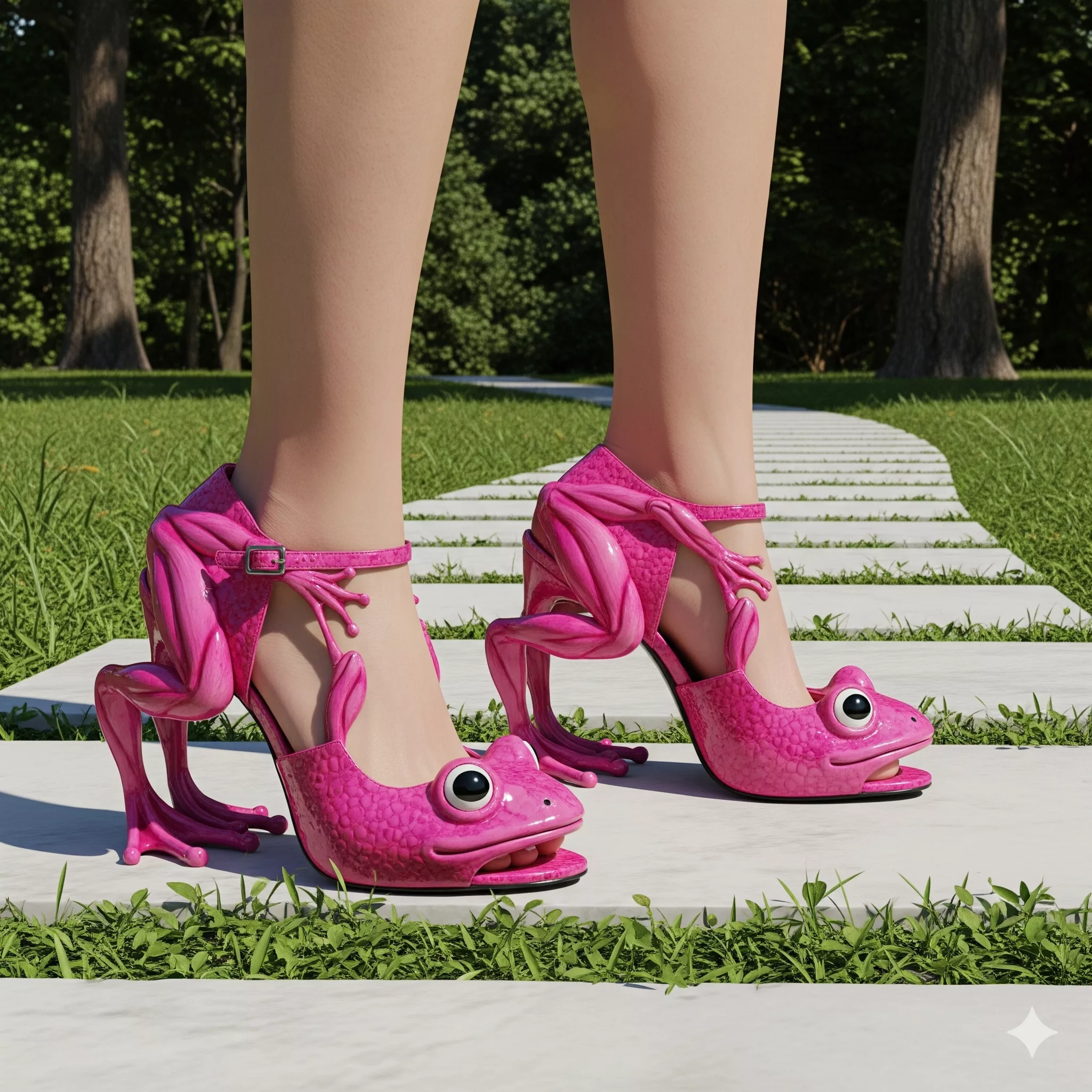
Thrush
One of the most common issues affecting the frog heel area is thrush, a bacterial infection that thrives in moist, dirty conditions. Thrush is an anaerobic bacteria that feeds on the horny structure of the frog. It is black in color and usually causes the frog to become crumbly and stinky. If left untreated, thrush can progress to affect deeper structures of the hoof.
Sheared Heels
Sheared heels are a structural breakdown between the heel bulbs that causes deep cracks in the frog’s central groove. They often result from bad cases of thrush, but can also cause such cases – sheared heels make it nearly impossible to pick the frog out properly. This condition creates an ongoing cycle of problems that requires professional intervention.
Prolapsed Frog
A more serious condition, a prolapsed frog is where the frog, sensitive frog, and digital cushion have fallen below the height of the wall in the heels, basically the heel arch collapses. This represents a significant structural failure that requires specialized treatment and rehabilitation.
Dry, Cracking Frogs
A dry, flaky frog can lead to cracks that trap bacteria, creating entry points for infection and compromising the frog’s ability to function properly.
Signs of Frog Heel Problems
Horse owners should regularly inspect their horse’s frogs and heels for signs of trouble, including:
- Foul odor emanating from the frog area
- Black, crumbly material in the central groove or around the frog
- Deep cracks or splits in the frog or heel bulbs
- Sensitivity or pain when the frog is touched or pressed
- Asymmetrical heel bulbs or uneven frog development
- Excessive moisture or unusual dryness in the frog area
- Lameness or reluctance to move on certain surfaces
Prevention and Treatment
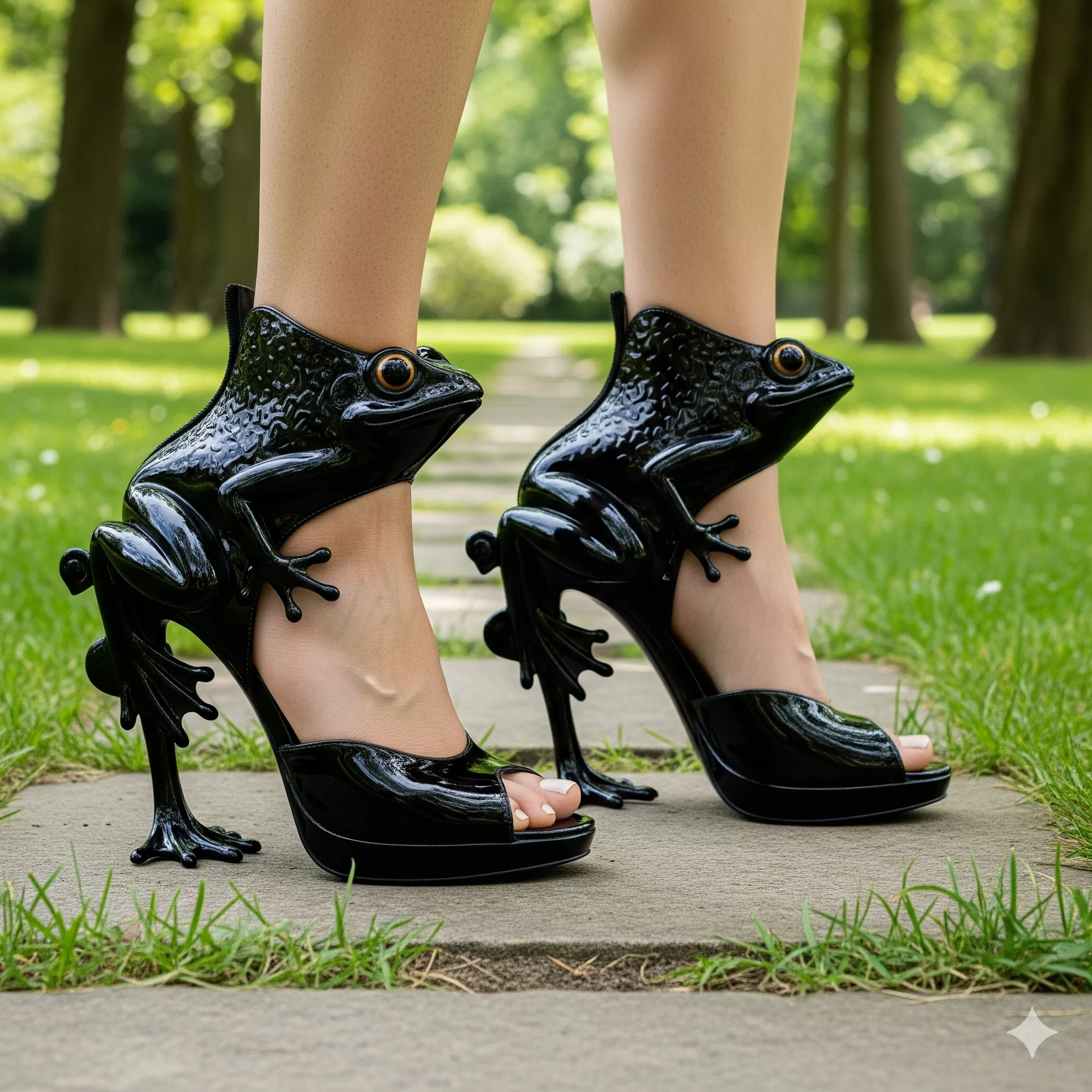
Daily Hoof Care
Regular hoof picking is the foundation of frog heel health. Clean out debris, mud, and manure from the central groove and around the frog daily. This prevents the accumulation of bacteria-harboring material that can lead to thrush and other infections.
Environmental Management
Maintain clean, dry living conditions whenever possible. While horses need some moisture for healthy hoof function, constantly wet or muddy conditions promote bacterial growth and compromise frog health.
Professional Farrier Care
Regular farrier visits are essential for maintaining proper frog and heel balance. Regular trimming is key to support the healing process which can take 8-12 months for serious conditions. A skilled farrier can identify early problems and implement corrective measures before they become serious.
Proper Nutrition
Adequate nutrition, including essential vitamins and minerals like biotin, zinc, and methionine, supports healthy hoof growth and tissue quality throughout the frog heel area.
Treatment Options for Frog Heel Issues
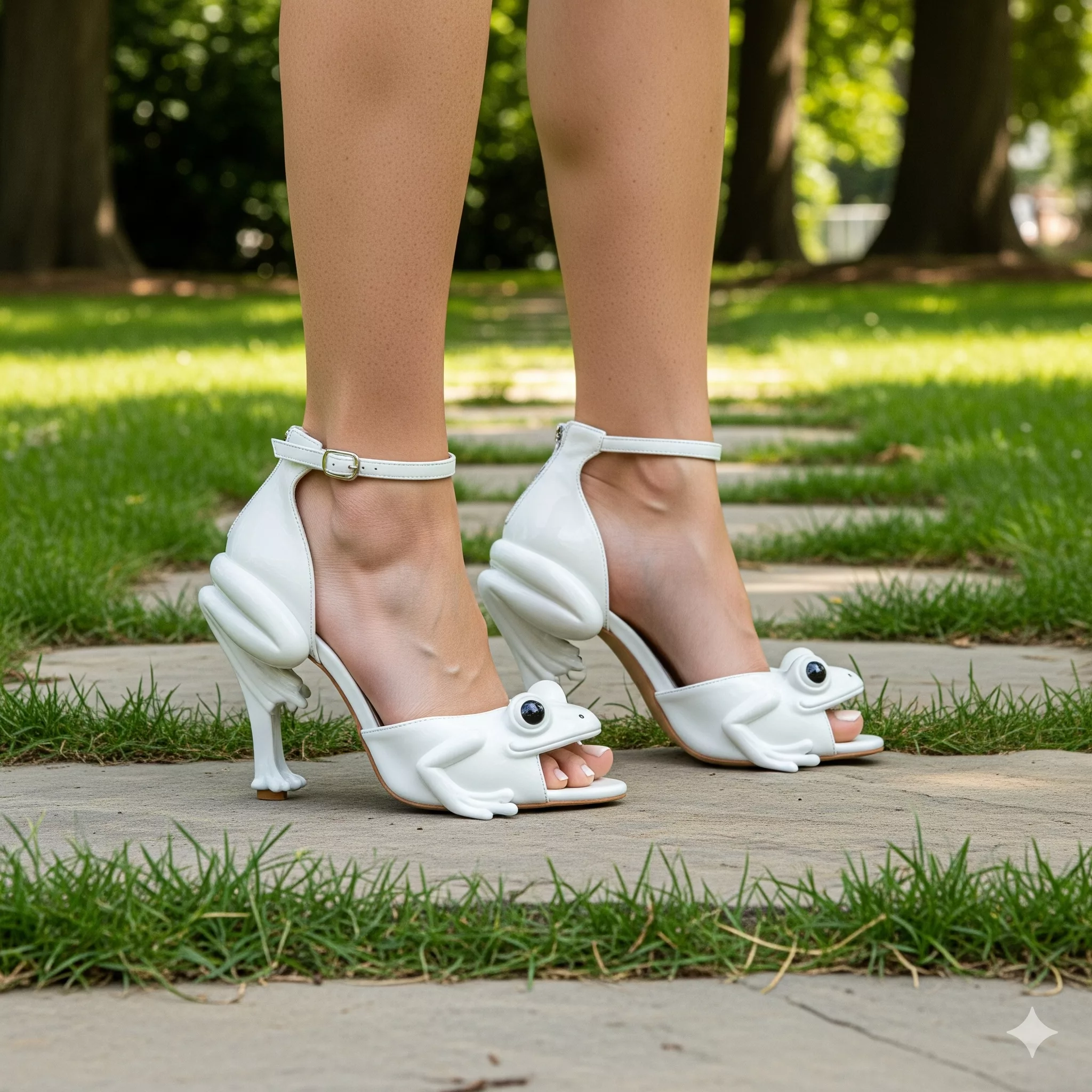
Topical Treatments
For thrush and mild bacterial infections, various topical treatments can be effective, including:
- Commercial thrush treatments containing copper sulfate or other antimicrobials
- Diluted bleach solutions (when recommended by a veterinarian)
- Iodine-based treatments
- Specialized antifungal and antibacterial preparations
Corrective Trimming and Shoeing
Professional farriers can address structural issues through specialized trimming techniques and therapeutic shoeing. This may include:
- Heel support through pads or specialized shoes
- Corrective trimming to restore proper frog contact with the ground
- Bar shoes or other supportive devices for severe cases
Veterinary Intervention
Serious frog heel problems may require veterinary treatment, including:
- Prescription medications for severe infections
- Radiographic evaluation to assess internal structures
- Surgical intervention for advanced cases
- Pain management during the healing process
Long-term Management and Prevention
Successful frog heel health requires a comprehensive approach combining daily care, environmental management, professional services, and owner education. Early detection and prompt treatment of problems prevent minor issues from becoming serious, costly conditions that can sideline horses for months.
Regular communication between horse owners, farriers, and veterinarians creates a team approach to maintaining optimal hoof health. This collaborative effort ensures that problems are caught early and treated appropriately, maintaining the horse’s comfort, performance, and long-term soundness.
Conclusion
The frog heel plays an indispensable role in equine health and performance. By understanding its functions, recognizing signs of problems, and implementing proper preventive care, horse owners can help ensure their horses maintain healthy, functional hooves throughout their lives. Remember that when in doubt, consulting with qualified professionals—farriers and veterinarians—is always the best approach to addressing frog heel concerns and maintaining optimal equine hoof health.



